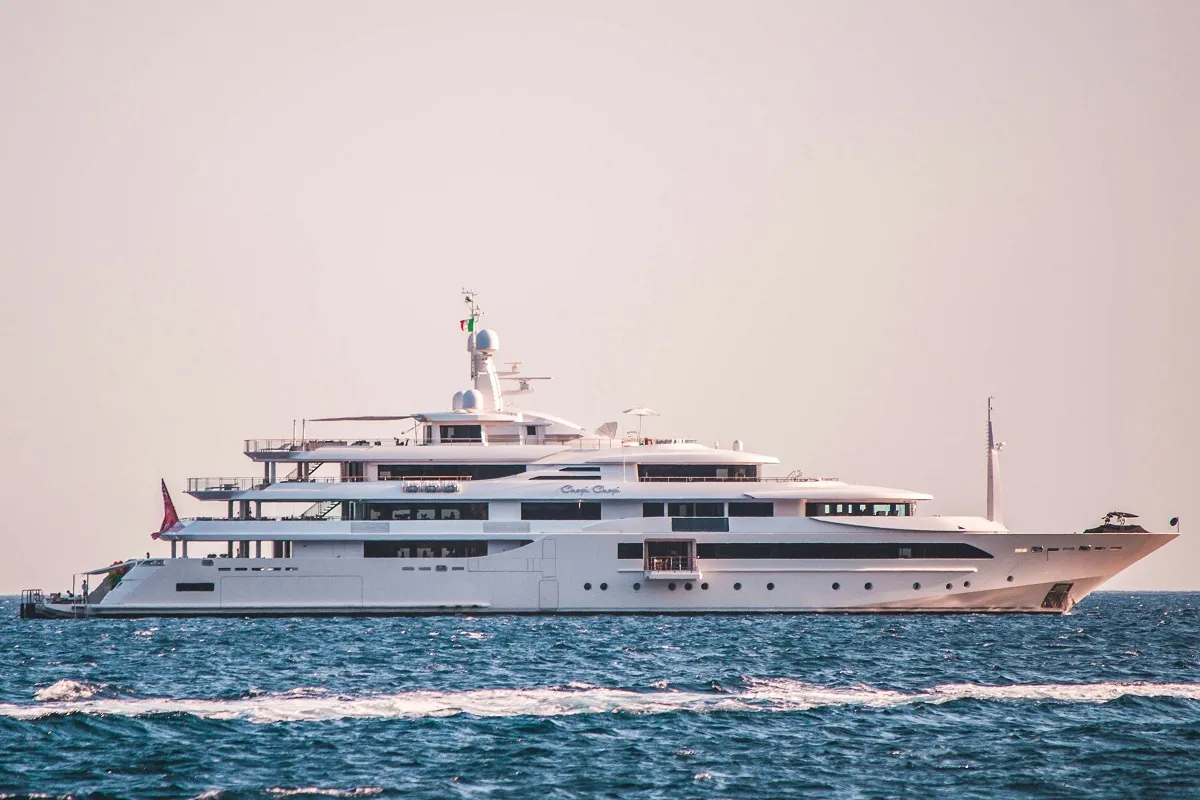Login
I Have Read And Agree To The
Login
I Have Read And Agree To The
Register
I Have Read And Agree To The
Change Password
Welcome to Yachttrading.com!

Congratulations on changing your password successfully!

Congratulations on changing your password successfully!
Embarking on an ocean crossing in a yacht is an exhilarating adventure that necessitates meticulous planning and expertise. For yacht enthusiasts, the prospect of navigating vast oceans can be both exhilarating and intimidating. Whether you're dreaming of a transatlantic voyage or a Pacific crossing, understanding the intricacies involved is vital for a safe and successful journey.
This guide delves into the essentials of ocean crossings, from route mapping to yacht preparation and safety precautions. We'll discuss popular ocean routes, how to ready your yacht for lengthy voyages, and the crucial safety gear and protocols necessary. Additionally, we'll emphasize the importance of crew training and provisioning to ensure every detail is covered. Whether you're a seasoned sailor or embarking on your first ocean voyage, this guide will arm you with the knowledge you need for a memorable and secure crossing.
A yacht crossing involves navigating a boat across the Atlantic or Pacific Ocean. Charter yachts often traverse the Atlantic from the Mediterranean to the Caribbean for seasonal changes. Additionally, yachts are increasingly venturing off the beaten path, exploring the vast Pacific Ocean and its many islands and cultures. Whether your destination is the Atlantic or Pacific, read on to learn what you should consider before setting sail.
Crossing the Atlantic Ocean can take anywhere from 10 days to three weeks, depending on factors like yacht size and weather conditions. Many yachts undertake this journey between the Mediterranean and Caribbean during the off-season breaks. Ensure your fuel tanks are full, and your vessel is sturdy enough to handle rough seas.

While many luxury mega yachts and superyachts are capable of ocean crossings, not all are equipped or built for such voyages. The Atlantic Ocean spans approximately 3,000 nautical miles, and your yacht must have the range to cover this distance. If not, you can consider shipping your yacht on a cargo vessel. Additionally, ensure your fuel tanks can hold extra fuel, as there may be no refueling stations along the way.
Yes, mega yachts and superyachts can traverse both the Atlantic and Pacific Oceans. A superyacht can cross the Atlantic in around 10 days, while the Pacific crossing takes longer due to its vast size. Yachts traveling from the US to destinations like Fiji or Tahiti will sail across the Pacific. While it's possible to cross the ocean in a motor yacht, ensure you have the right vessel for the journey.
Superyachts are designed to withstand adverse weather conditions during ocean crossings. However, each yacht has its own ratings for the range and sea conditions it can handle. Captains often alter courses to avoid storms or dangerously rough seas.
For comfort and safety, yachts crossing the ocean should be at least 30 feet long. This size allows for secure travel across the Atlantic, with ample space for fuel, supplies, and food. Larger yachts typically offer a more comfortable journey.
The distance a yacht can travel depends on factors like fuel efficiency, engine size, and power. Sailing yachts with both sail and motor power can cover vast distances. Modern yachts with rechargeable engines, like the S/Y BLACK PEARL by Oceanco, can power themselves without refueling.
When planning an Atlantic or Pacific crossing, consider your yacht's range and size to ensure a comfortable and safe journey.
Yes, it's legal to sail around the world, and many individuals have accomplished this feat. Ensure you have all necessary boat documentation and certificates, as well as your passport and travel details, when entering different ports and countries. Sailing around the world is a challenging endeavor, so it's recommended for experienced sailors.
The amount of fuel required depends on the yacht's size, speed, and power usage. Some yachts are more fuel-efficient than others. It's advisable to carry extra fuel, at least 1.5 times your estimated needs, when crossing the ocean.
The amount of fuel required depends on the yacht's size, speed, and power usage. Some yachts are more fuel-efficient than others. It's advisable to carry extra fuel, at least 1.5 times your estimated needs, when crossing the ocean.
Tags :
 Leave the comment
Leave the commentQuestion Type
Question Type
Question In Detail
Relevant Recommendation

14 July 2025
This article will provide you with detailed information about mega yachts to help you make an informed decision during the buying process.
 4
4 0
0Type Of Feedback
Feedback
Contact Information
+244
You have successfully submitted your message, please wait for our contact.
This website uses technical cookies,which are necessary for you to browse it and which help us to provide the service.Withyour consent,we use profling cookies to ofer you an increasingly agreeable browsing experience,to faclitate interaction withour social-media features,and to enable you to receive marketing messages tailored to your browsing habits and interests Toaccept all profiling cookies,click ACCEPTto decline,click REFUSE.
